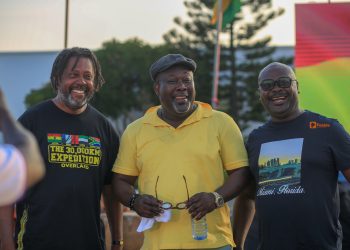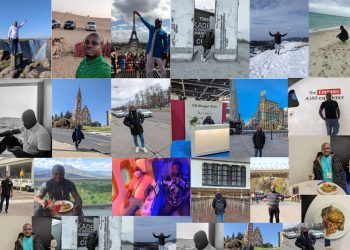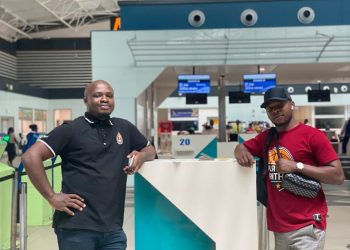Hogbetsotso Festival is arguably the biggest festival in the Volta Region of Ghana, celebrated by a majority of the towns and people in the region. Some major towns that celebrate the festival include Keta, Alakple, Atiavi, Konu, Kedzi, Abor, Tsito and Atiavi; all of which are major Anlo towns in the region.
Why is Hogbetsotso Festival celebrated?
Hogbetsotso is held on the first Saturday of November every year, to remember the exodus of the Anlo people from Notse in Togo to their present location.
According to the oral tradition, the people of Anlo once lived in Notsie, a town in present-day Togo. During their time in Notsie, the Anlo people went through maltreatment and were subjected to slavery under the Notsie chief known as King Agorkoli, mainly because they were the minority group in Notsie.
After decades of suffering under the tyrannical rule of Agorkoli, they decided to escape. This they started by regularly pouring water into the mud wall that surrounded the town. With time the wall became very soft, enabling them to break through it and escape from the town. The Journey which is believed to have taken them years finally resulted in their arrival in their present-day home in Volta region, Ghana. It is from this history that the name Hogbetsotso (Ewe language) which translates into ‘Coming from Notsie’ was derived.
The festival serves as a time for sober reflection, for the chiefs and people of Anlo to be reminded of their difficult journey from Notsie and how peaceful coexistence and unity among them made their journey and escape from Notsie possible. Pouring of libation, cleansing of stools, and general cleaning of the communities are some of the major activities that take place in the participating communities.
How is Hogbetsotso Festival celebrated?
Hogbetsotso Festival is held on the first Saturday of the month of November every year, to remember and celebrate the exodus of the Anlo people from Notse in Togo to their present location.
The festival is characterized by the centuries-old traditional practices like pouring of libation, cleansing of stools, and general cleaning of the communities as the people believe that the best way to live life was to have a clean environment and a clean spiritual life hence the cleaning of the physical surrounding and cleansing of stools which are used by the elders and chiefs of the towns.
Like most traditional festivals in Ghana, Hogbetsotso concludes with a durbar where the chiefs use the opportunity to remind the people of Anlo to live in peace and harmony just like their ancestors did. The durbar then ends with drumming, traditional dancing and merry-making where people who are at loggerheads are expected to come together and solve their differences as a sign of peacemaking.
Still have some travel questions? Ask in our Travel WhatsApp Group.







